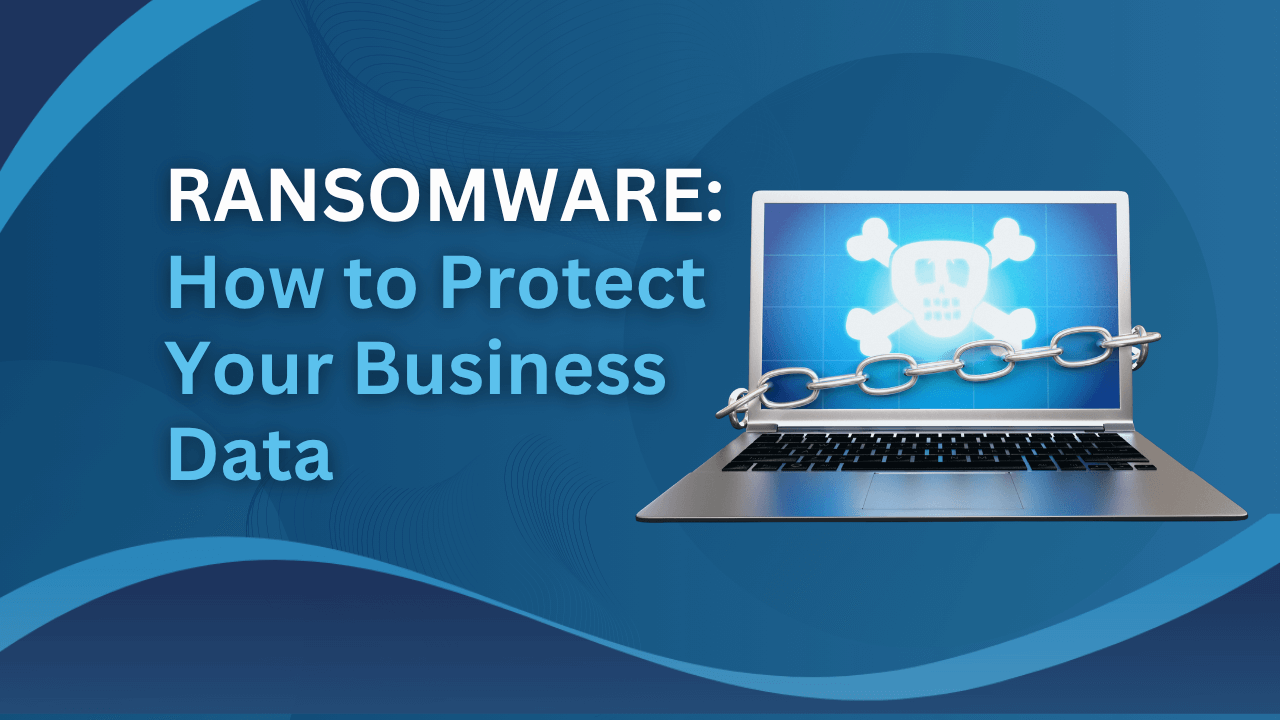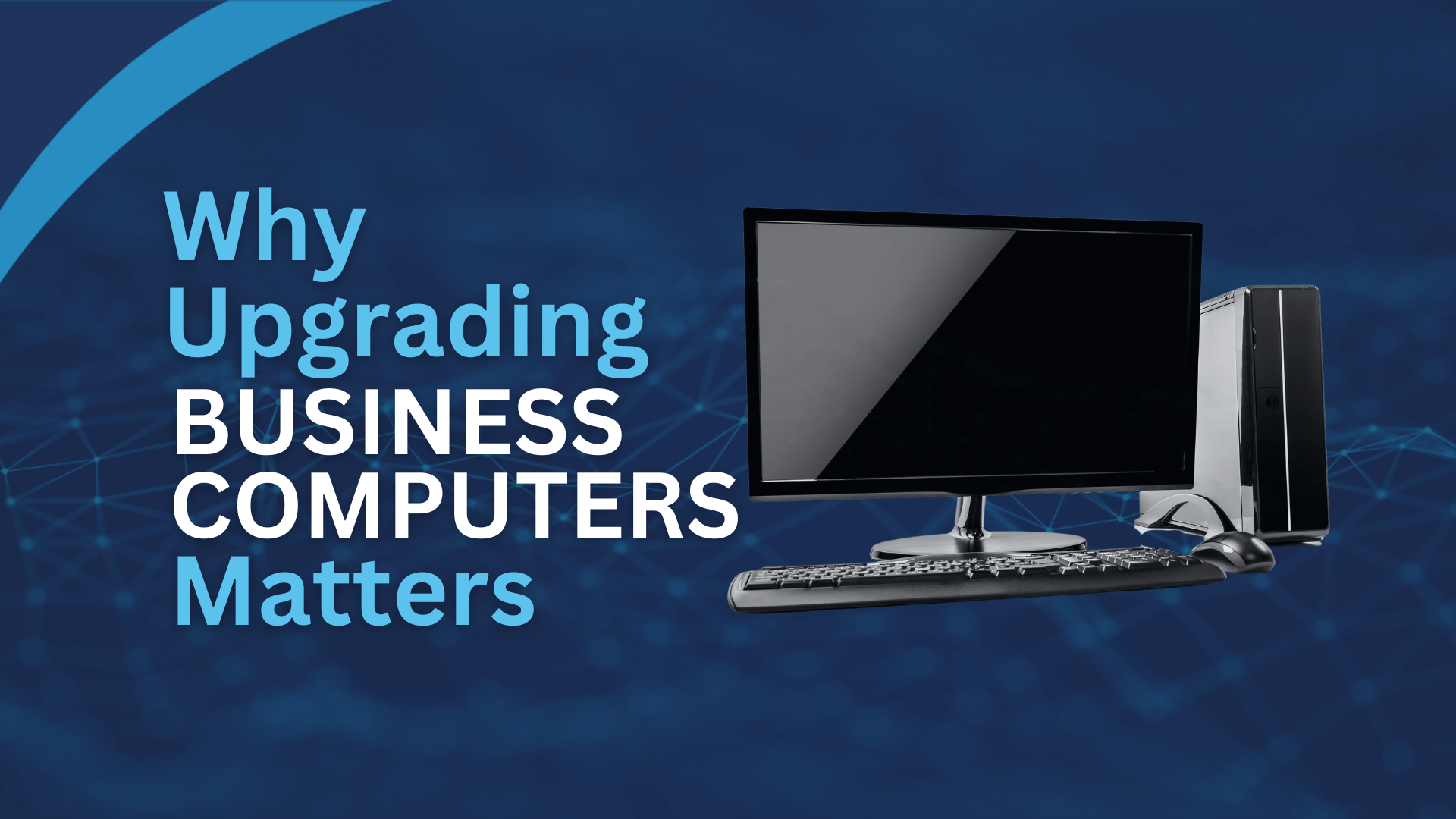Remember when buying business software meant installing bulky programs from CDs onto every single computer? Fortunately, those days are behind us. Today, Australian small businesses are embracing a smarter way to access the tools they need: Software as a Service, or SaaS.
In this guide, you’ll discover what is SaaS actually mean for your business. Moreover, you’ll learn how it can save you money, boost productivity, and simplify your IT management. Finally, we’ll share real Australian business examples to help you make informed decisions.

What is SaaS? The Simple Explanation
Simply put, SaaS (Software as a Service) is software you access through the internet. Instead of buying and installing programs, you rent them on a subscription basis.
Think of it like streaming Netflix. Rather than purchasing DVDs, you pay monthly to access content online. Similarly, SaaS lets you use business software through your web browser.
How SaaS Actually Works
Here’s what makes SaaS different from traditional software:
The provider handles everything technical:
- Firstly, they host the software on their servers
- Additionally, they manage all updates and security patches
- Furthermore, they provide technical support when needed
- Finally, they ensure the software runs smoothly
You simply log in and start working:
- Consequently, you access your tools from any device
- Therefore, no installation or technical setup is required
- Moreover, your team can work from anywhere with internet
- Importantly, your data syncs automatically across devices
Key Characteristics of SaaS
Internet-Based Access
Obviously, you need an internet connection to use SaaS tools. However, many applications now offer offline modes too. Subsequently, you can keep working even without connectivity.
Subscription Pricing
Typically, you pay monthly or annually for SaaS software. Accordingly, this makes budgeting simpler and more predictable. Furthermore, you avoid large upfront costs.
Automatic Updates
Notably, you always get the latest features automatically. Therefore, you’re never stuck with outdated software. Additionally, security improvements happen behind the scenes.
Scalability
Essentially, you can add or remove users as needed. Consequently, you only pay for what you actually use. Meanwhile, your software grows with your business.
Real Australian Business Examples
Let’s explore how real Aussie businesses use SaaS every day.
Melbourne Cafe Using Xero
Consider a busy cafe in Fitzroy with 12 staff members. Previously, they used desktop accounting software costing $2,500 upfront. Now, they use Xero for just $70 monthly.
What they gained:
- Firstly, their accountant accesses records remotely
- Subsequently, invoicing happens on the spot via iPad
- Moreover, payroll processes in minutes, not hours
- Finally, they track cash flow in real-time
Ultimately, they saved money while improving efficiency. Additionally, tax time became significantly less stressful.
Sydney Marketing Agency Using Multiple SaaS Tools
Meanwhile, a 15-person agency in Surry Hills runs entirely on SaaS. Specifically, they use Canva for design, Slack for communication, and Asana for project management.
Their benefits:
- Notably, team members work seamlessly from home or office
- Furthermore, clients access proofs and approve work online
- Additionally, project timelines stay visible to everyone
- Consequently, productivity increased by approximately 30%
Previously, they needed expensive desktop software on every machine. Now, everything runs smoothly through web browsers.
Brisbane Tradie Using ServiceM8
Similarly, a plumbing business in Chermside transformed their operations. Instead of paper job sheets, they now use ServiceM8 mobile software.
Results they experienced:
- Immediately, quotes get sent from job sites
- Therefore, invoicing happens the same day
- Moreover, customers receive automated appointment reminders
- Subsequently, payment collection improved dramatically
Importantly, the business owner can monitor jobs anywhere. In fact, they’re closing 40% more quotes than before.
Perth Retailer Using Shopify
Finally, consider a boutique in Fremantle selling homewares online. Rather than hiring web developers, they launched with Shopify.
What this enabled:
- Initially, their store launched within two weeks
- Additionally, payments process securely without technical knowledge
- Furthermore, inventory updates automatically across channels
- Eventually, they expanded to selling nationwide
Previously, building an e-commerce site cost $15,000-plus. Now, they pay $39 monthly for professional features.
Key Benefits of SaaS for Australian Small Businesses
Cost Savings That Actually Matter
Traditional software required significant upfront investment. Conversely, SaaS operates on affordable monthly payments.
Compare these real numbers:
| Software Type | Traditional | SaaS |
|---|---|---|
| Initial Cost | $2,500-$10,000 | $0-$500 |
| Monthly Cost | $0 | $50-$200 |
| Updates/Support | $500/year | Included |
| IT Management | $1,000+/year | Included |
Consequently, small businesses save thousands in the first year alone. Moreover, you avoid surprise maintenance costs.
Additional savings include:
- Firstly, no server hardware required
- Additionally, reduced IT support expenses
- Furthermore, lower training costs due to simplicity
- Finally, predictable expenses for better budgeting
Flexibility for Growing Businesses
Notably, Australian businesses face seasonal fluctuations and growth spurts. Therefore, flexibility becomes crucial.
Scaling up or down easily:
- Particularly, retail businesses add users during Christmas
- Meanwhile, tourism operators scale back during off-seasons
- Subsequently, you only pay for active users
- Importantly, changes happen instantly online
Previously, buying more software licenses took weeks. Now, adjustments happen in minutes through your account.
Access From Anywhere
Especially after COVID-19, remote work became essential for Aussie businesses. Fortunately, SaaS supports this perfectly.
Work location flexibility:
- Primarily, employees work from home effectively
- Additionally, mobile access enables fieldwork
- Furthermore, interstate teams collaborate seamlessly
- Moreover, business owners manage operations while travelling
Importantly, all you need is internet and a device. Consequently, your office exists wherever you are.
Automatic Updates and Security
Significantly, SaaS providers handle all technical maintenance automatically. Therefore, your team focuses on business, not IT issues.
Behind-the-scenes benefits:
- Regularly, new features roll out automatically
- Meanwhile, security patches apply immediately
- Additionally, compliance updates happen without effort
- Consequently, your software stays current and secure
Notably, this matters for Australian privacy laws and regulations. Specifically, reputable providers maintain Australian data standards.
Integration and Automation
Furthermore, modern SaaS tools connect together beautifully. Subsequently, you can automate repetitive tasks.
Practical integration examples:
- Firstly, Xero connects with your bank automatically
- Additionally, customer emails flow into your CRM
- Moreover, sales data feeds into accounting software
- Finally, reporting combines data from multiple sources
Eventually, these connections save hours of manual data entry. Therefore, staff focus on valuable work instead.
Understanding SaaS Pricing Models
Common Pricing Structures
Typically, SaaS companies offer several pricing approaches. Consequently, understanding these helps you budget accurately.
Per-User Pricing
Usually, you pay for each person accessing the software. Therefore, costs scale with team size. For example, $25 per user monthly.
Tiered Subscriptions
Alternatively, providers offer packages with different features:
- Firstly, Basic plans for small teams
- Additionally, Professional plans with more features
- Furthermore, Enterprise plans for larger organisations
- Finally, custom pricing for specific needs
Freemium Models
Interestingly, some tools offer free basic versions. Subsequently, you upgrade when needing advanced features. Notably, this lets you test before committing.
Usage-Based Pricing
Occasionally, costs depend on actual usage metrics. For instance, email marketing charges per subscriber. Therefore, light users pay less.
Hidden Costs to Watch For
Nevertheless, watch for potential extra charges:
- Initially, setup or onboarding fees
- Additionally, charges for premium support
- Furthermore, costs for data storage overages
- Finally, fees for advanced integrations
Importantly, read the fine print before signing up. Subsequently, ask about all potential charges upfront.
Annual vs Monthly Payments
Significantly, annual payments usually save 10-20% compared to monthly. However, monthly offers more flexibility for testing. Therefore, consider your commitment level carefully.
Tax considerations for Australian businesses:
Generally, SaaS subscriptions qualify as tax-deductible business expenses. However, consult your accountant for specific guidance. Importantly, keep all subscription receipts organised.
SaaS vs Traditional Software: Understanding the Difference
Side-by-Side Comparison
| Factor | Traditional Software | SaaS |
|---|---|---|
| Access | Desktop only | Anywhere with internet |
| Cost | High upfront | Low monthly |
| Updates | Manual, expensive | Automatic, included |
| Maintenance | Your responsibility | Provider handles |
| Scalability | Buy more licenses | Adjust instantly |
| Setup Time | Days or weeks | Minutes to hours |
Consequently, SaaS offers clear advantages for most small businesses. However, traditional software occasionally makes sense.
When Traditional Software Still Works
Occasionally, on-premise software remains the better choice:
- Particularly, for highly specialised industry tools
- Additionally, when dealing with extremely sensitive data
- Furthermore, in areas with unreliable internet
- Finally, for applications requiring offline access
Nevertheless, these situations are increasingly rare. Moreover, many traditional providers now offer SaaS versions.
Internet Dependency Considerations
Obviously, SaaS requires reliable internet connectivity. Therefore, Australian NBN quality becomes important.
Practical solutions:
- Firstly, many SaaS tools offer offline modes
- Additionally, mobile data provides backup connectivity
- Furthermore, downloaded records enable temporary access
- Moreover, most tasks work fine on standard NBN speeds
Importantly, regional businesses should test connectivity before committing. Subsequently, choose tools with offline capabilities when needed.
Important Considerations for Australian Businesses

Data Privacy and Compliance
Critically, Australian businesses must protect customer information. Therefore, understanding where your data lives matters enormously.
Key questions to ask providers:
- Firstly, where are servers physically located?
- Additionally, do they comply with Australian Privacy Principles?
- Furthermore, what security certifications do they hold?
- Moreover, how is data encrypted and protected?
- Finally, what happens if they experience a breach?
Notably, many international providers now offer Australian data centres. Consequently, your information stays within Australian jurisdiction.
Australian Privacy Principles (APPs) compliance:
Essentially, businesses handling personal information must follow APPs. Therefore, choose SaaS providers who demonstrate compliance. Additionally, review their privacy policies carefully.
Vendor Lock-in Concerns
Unfortunately, switching SaaS providers can sometimes prove challenging. Therefore, consider data portability from the start.
Questions before committing:
- Primarily, can you export all your data?
- Additionally, in what formats does data export?
- Furthermore, what happens if you cancel?
- Moreover, how long do they retain your data?
- Finally, are there cancellation penalties?
Importantly, Australian Consumer Law provides certain protections. Nevertheless, choosing reputable providers reduces risks significantly.
Support and Time Zones
Specifically for Australian businesses, support availability matters greatly. Therefore, check provider support hours carefully.
Support considerations:
- Ideally, look for Australian business hours coverage
- Additionally, check response time guarantees
- Furthermore, verify support channels available (phone, chat, email)
- Moreover, read reviews from other Australian customers
- Finally, test support before fully committing
Notably, some providers offer 24/7 support globally. However, others only operate during US business hours.
Common Mistakes Small Businesses Make with SaaS
SaaS Sprawl: Too Many Subscriptions
Frequently, businesses accumulate unnecessary subscriptions over time. Consequently, money gets wasted on unused tools.
How to avoid this:
- Regularly, audit all active subscriptions
- Subsequently, cancel tools nobody uses
- Additionally, consolidate overlapping features
- Furthermore, assign someone to manage subscriptions
Importantly, one survey found businesses waste 30% on unused SaaS. Therefore, regular reviews save significant money.
Ignoring Contract Terms
Unfortunately, many business owners skip reading terms carefully. Consequently, they face unexpected auto-renewals or penalties.
Watch for these traps:
- Particularly, automatic annual renewals
- Additionally, complex cancellation procedures
- Furthermore, data deletion timelines
- Moreover, price increase clauses
Always read contracts thoroughly before signing. Subsequently, set calendar reminders for renewal dates.
Poor Password Management
Significantly, weak security practices create serious risks. Therefore, implement proper password protocols immediately.
Essential security practices:
- Firstly, use unique passwords for each service
- Additionally, enable two-factor authentication everywhere
- Furthermore, use a business password manager
- Moreover, regularly review who has access
- Finally, remove access for departed employees
Notably, data breaches often result from password weaknesses. Consequently, this area deserves serious attention.
Skipping Staff Training
Commonly, businesses buy SaaS then expect instant adoption. However, proper training maximises your investment significantly.
Training best practices:
- Initially, schedule dedicated onboarding sessions
- Additionally, create simple reference guides
- Furthermore, designate internal champions
- Moreover, encourage questions and feedback
- Finally, revisit training as features update
Importantly, well-trained staff use tools more effectively. Therefore, your ROI improves dramatically.
Choosing Based Solely on Price
Understandably, small businesses watch budgets carefully. Nevertheless, the cheapest option rarely proves best long-term.
Consider these factors equally:
- Primarily, does it solve your actual problems?
- Additionally, will it scale with growth?
- Furthermore, does it integrate with existing tools?
- Moreover, is the interface intuitive?
- Finally, what do other users say?
Ultimately, paying slightly more for the right tool saves money overall.
How to Choose the Right SaaS for Your Business
Start With Your Actual Needs
Firstly, identify specific problems you need solving. Consequently, you avoid buying unnecessary features.
Define requirements clearly:
- Initially, list must-have features
- Additionally, identify nice-to-have extras
- Furthermore, consider user quantity
- Moreover, determine budget constraints
- Finally, think about future growth
Subsequently, create a simple checklist for evaluation. Therefore, comparing options becomes much easier.
Use Free Trials Wisely
Fortunately, most SaaS providers offer trial periods. Therefore, test thoroughly before purchasing.
Maximise trial effectiveness:
- Immediately, involve actual users in testing
- Additionally, try real-world scenarios
- Furthermore, test support responsiveness
- Moreover, check mobile functionality
- Finally, evaluate integration capabilities
Notably, trials typically last 7-30 days. Consequently, plan your testing systematically.
Check Australian Reviews and Case Studies
Specifically, look for feedback from Australian businesses. Therefore, you understand local context better.
Where to find reliable reviews:
- Primarily, check Product Review Australia
- Additionally, search LinkedIn for user experiences
- Furthermore, ask in business networking groups
- Moreover, contact the vendor for Australian references
Importantly, pay attention to businesses similar to yours. Subsequently, their experiences prove most relevant.
Evaluate Integration Capabilities
Critically, your SaaS tools must work together seamlessly. Therefore, check integration options carefully.
Key integration questions:
- Firstly, does it connect with your existing software?
- Additionally, are integrations native or third-party?
- Furthermore, what data flows between systems?
- Moreover, are integrations included or extra cost?
Eventually, well-integrated tools save countless hours. Consequently, this consideration deserves priority.
Verify Australian Compliance
Finally, ensure providers meet local requirements appropriately. Therefore, your business stays compliant and protected.
Essential compliance checkpoints:
- Primarily, Australian data centre availability
- Additionally, Privacy Act compliance confirmation
- Furthermore, security certifications held
- Moreover, data sovereignty guarantees
Importantly, document their compliance commitments in writing. Subsequently, you have protection if issues arise.
FAQs
Is SaaS safe for my business data?
Generally, yes—reputable SaaS providers invest heavily in security. Specifically, they employ encryption, regular audits, and compliance certifications. Nevertheless, always verify their security measures before committing.
What happens if the provider goes out of business?
Admittedly, this risk exists with any vendor. Therefore, choose established providers with strong finances. Additionally, regularly export your data as backup. Furthermore, read contract terms about data access post-cancellation.
Can I use SaaS with slow internet?
Partially—it depends on the application and connection speed. However, many tools now offer offline modes. Additionally, most SaaS works adequately on standard NBN connections. Nevertheless, test during your trial period.
How much should small businesses spend on SaaS?
Typically, Australian small businesses spend $100-$500 monthly on SaaS tools. However, this varies significantly by industry and size. Importantly, start small and add tools as needed.
Can I get my data back if I cancel?
Usually, yes—most providers allow data export. However, verify this before signing up. Additionally, understand what formats they provide. Furthermore, check how long after cancellation data remains accessible.
Is SaaS tax-deductible in Australia?
Generally, yes—SaaS subscriptions typically qualify as deductible business expenses. However, consult your accountant for specific guidance. Additionally, keep detailed records of all subscriptions.
Do I need IT expertise to use SaaS?
Typically, no—SaaS tools are designed for non-technical users. Moreover, providers offer support and training resources. Nevertheless, having basic computer skills helps significantly.
What’s the difference between SaaS, PaaS, and IaaS?
Essentially, SaaS provides ready-to-use applications like Xero. Meanwhile, PaaS offers platforms for building applications. Finally, IaaS provides basic computing infrastructure. For small businesses, SaaS proves most relevant.
Taking the Next Step
Clearly, SaaS offers Australian small businesses tremendous advantages. Specifically, you gain powerful tools without massive upfront costs. Moreover, you access enterprise-level features affordably.
Remember these key points:
- Firstly, start with one or two essential tools
- Additionally, use free trials extensively
- Furthermore, prioritise tools that integrate well
- Moreover, choose providers with Australian support
- Finally, review subscriptions regularly
Ultimately, the right SaaS tools help your business compete effectively. Therefore, take time choosing solutions that truly fit your needs.
Ready to explore SaaS for your business? At Netcomp Solutions, we help Australian businesses navigate technology decisions confidently. Contact us today for personalised guidance on choosing the right cloud solutions.



